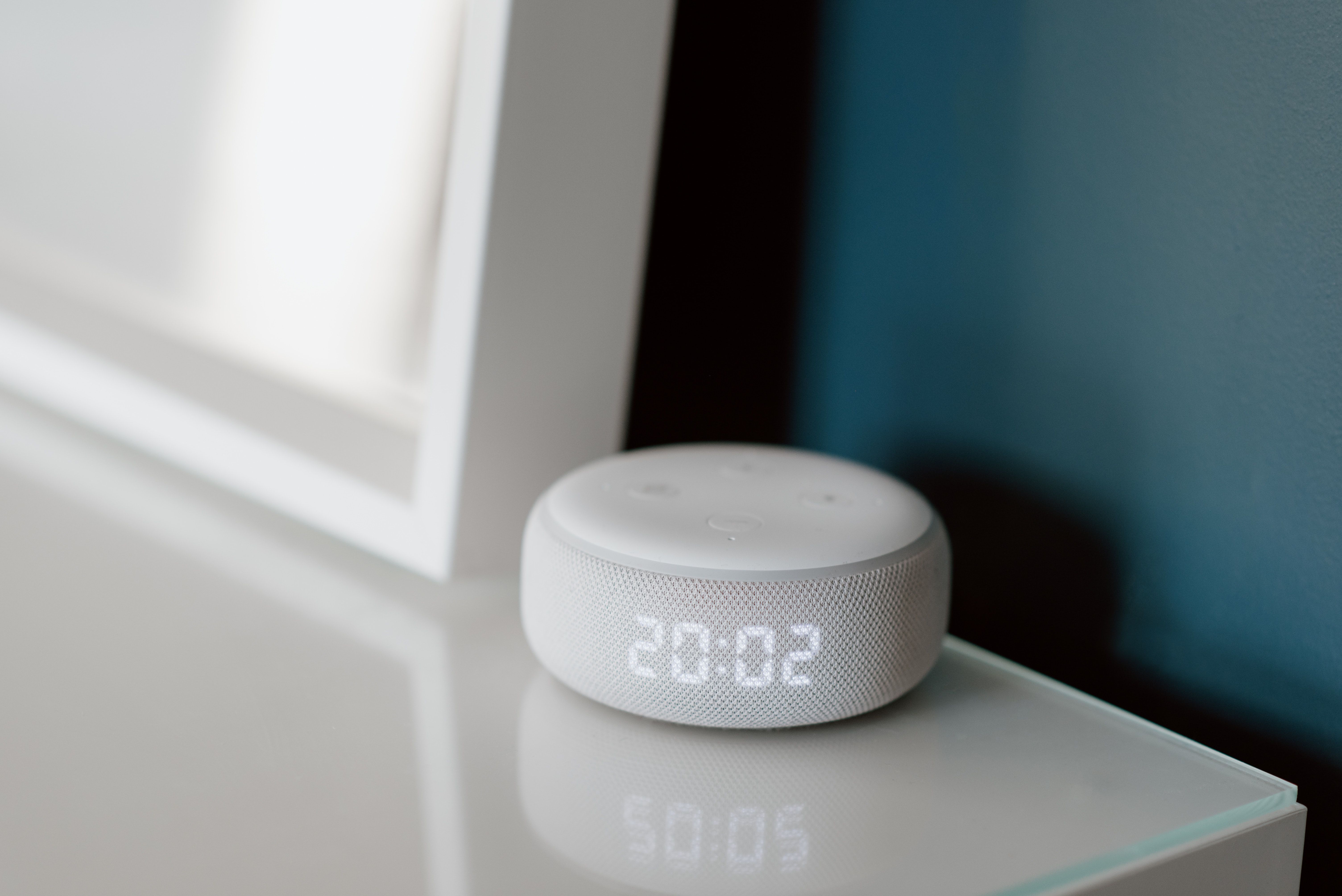Even though Amazon and Apple don't always play nice, you can still play your favorite Apple Music tracks on your Amazon Alexa device.
As long as you know how to coordinate the two, you can make Apple Music your default player or simply ask Alexa to play your favorite tracks.
Here are all the ways you can use the Alexa app to play Apple Music on your Echo.
How to Play Apple Music on Alexa Using Bluetooth

If you're looking for a quick fix, use your Bluetooth to connect Alexa to your Apple device to play your music. You won't be able to enjoy the 3D experience of spatial audio from Apple Music using Alexa, but you can still play your favorite artists.
This will only be available for as long as you have your Bluetooth enabled and the two devices are connected. It's more of a short-term solution than having the constant ability to play Apple Music from your Alexa device.
Read the sections below for how to turn on Apple Music in a more permanent manner on your Alexa device.
Here is how you can set the two up using Bluetooth:
- Get close to Alexa with your device
- Turn on the Bluetooth on your device
- Say "Alexa, connect to my [device]."
- Open your iTunes or Apple Music
- Select your music
Alexa will usually play a chime to confirm that your device is indeed connected and you can start playing your Apple Music.
You can control the volume using both Alexa and your personal device. Whenever you are done, make sure to disconnect Alexa. You don't want it automatically connect when it's not convenient.
To do this, say "Alexa, disconnect from [device]," and your Echo will automatically disconnect. Alexa will give you a confirmation when they are disconnected.
How to Play Apple Music Using Alexa Skills
Alexa has hundreds of skills it can perform depending on your needs. One of those skills is the ability to play Apple Music from your library.
You won't be able to access any of additional the Apple Music features by using your Alexa device, but you will be able to listen to the music.
Enable the skill using the Alexa app (iOS, Android) settings and you'll be able to verbally command Alexa to play your Apple music.
If you forget to say the right phrasing, Alexa will still default to the Amazon music player or any third-party tool you have integrated. For learning how to make Alexa play Apple Music by default, read the section below this.
Here is how you can connect your Alexa to Apple Music using Alexa skills:
- Open the Alexa app
- Select the menu icon
- Tap Settings
- Tap Music
- Tap Link New Service
- Select Apple Music
- Tap Enable to Use
- Follow the on-screen instructions
Now, anytime you want to play your Apple Music on Alexa, you just need to add "on Apple Music" to the end of your verbal commands.
For example, if you wanted to play The Black keys with Alexa, you would say "Alexa, play The Black Keys on Apple Music."
How to Make Apple Music the Default Music Player on Alexa
Being able to verbally command Alexa will make it easier for you to get access to your Apple Music, but it can also be a bit of a pain to constantly need to say the same phrase.
To make it easier on yourself, you can make Apple Music your default player anytime you ask Alexa to play music.
- Open the Alexa app
- Select the menu icon
- Select Settings
- Tap Music
- Tap Default Services
- Select Apple Music
Once you have everything set up, you can simply ask Alexa to play the music of your choice and the device will automatically choose Apple Music as the default player.
Using Apple Music With Alexa
You can listen to your favorite Apple Music tracks on your Alexa device by changing the settings in the Alexa app.
You can verbally ask Alexa to play Apple Music, make it your default player, or connect the two using Bluetooth. If you don't have Apple Music but would still like to try it out, there are ways you can get it for free.
0 Comments